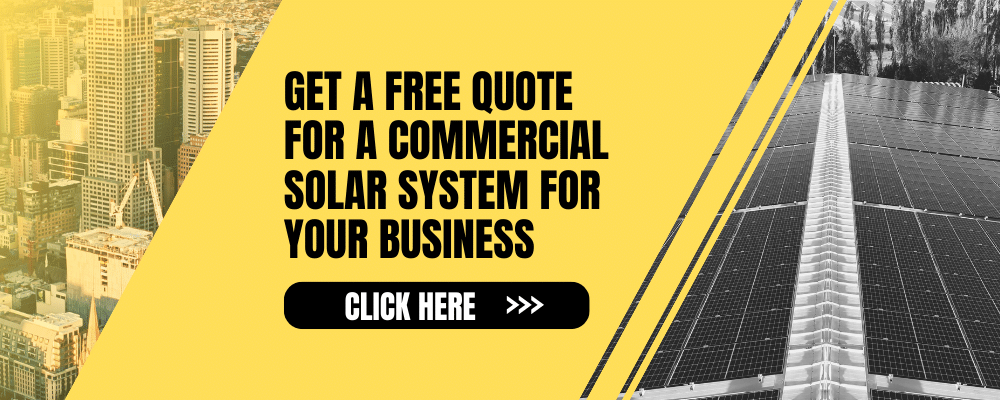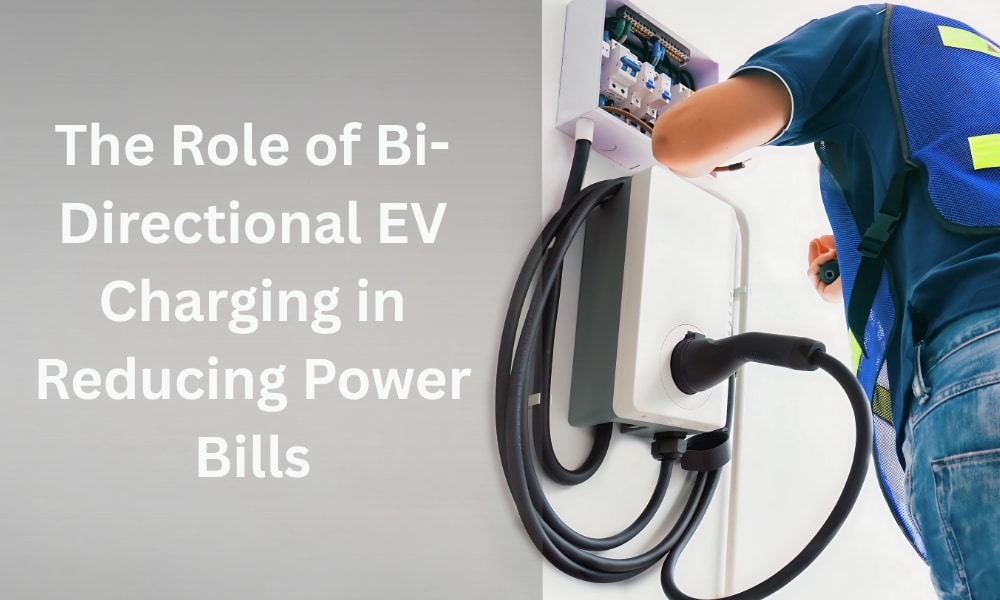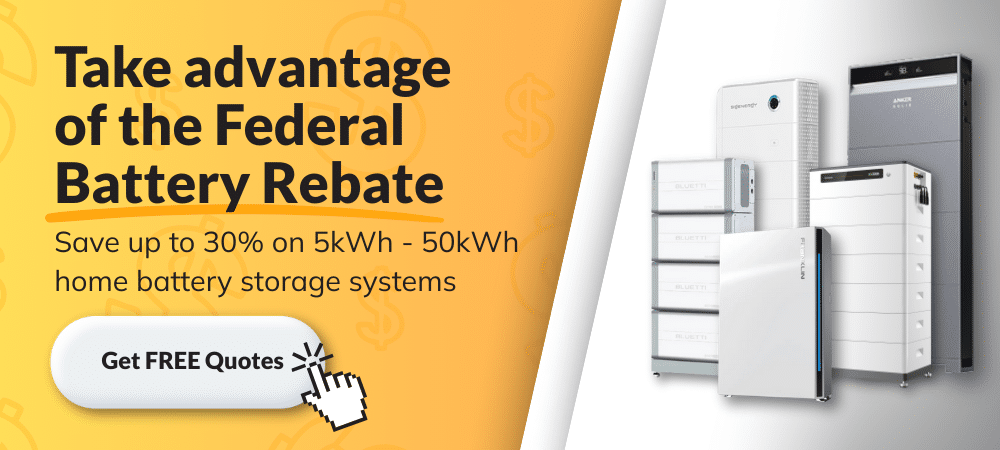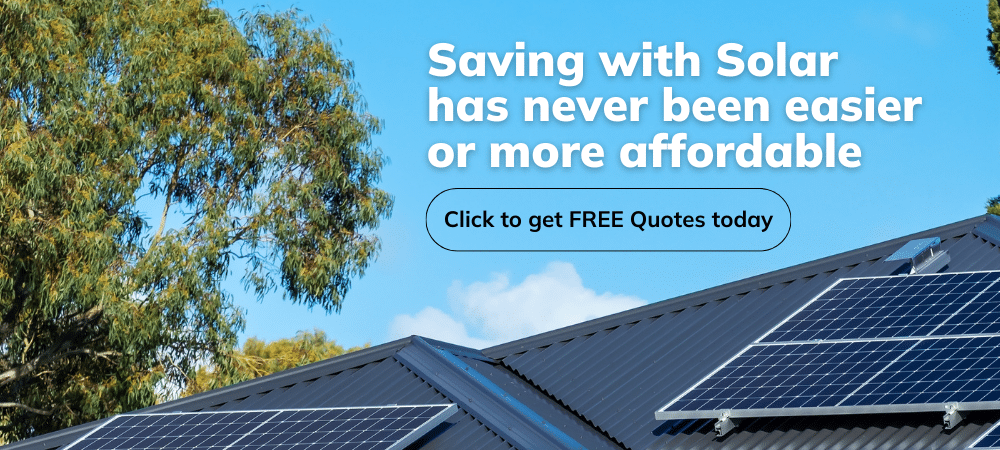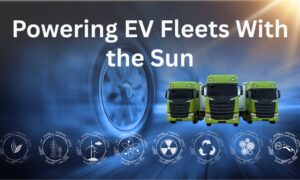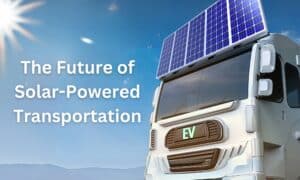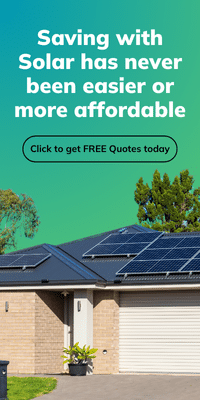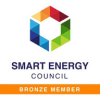As energy prices rise and electric vehicles (EVs) become increasingly popular, bi-directional EV charging in Australia is emerging as a powerful solution. This innovative technology not only powers your car but can also generate electricity that can be fed back into your home or the grid, leading to EVs reducing electricity costs for households and businesses alike.
At Energy Matters, we’re committed to helping Australians unlock smarter, greener energy solutions. Continue reading to learn how bi-directional EV charging can transform your energy usage and reduce your electricity costs.
Understanding bi-directional charging: V2G, V2H, and V2L
What is bi-directional EV charging? Unlike traditional, one-way charging, bi-directional EV charging enables a two-way flow of electricity. Your EV can charge its battery from the grid or your rooftop solar, and then, crucially, it can send that stored energy back out to the grid. This capability unlocks several powerful applications that directly impact your electricity bill.
This technology transforms your EV into a mobile battery that can power your home during peak demand or outages, and even help offset grid costs by exporting power during high-tariff periods. The umbrella term “bi-directional charging” encompasses several key applications, each offering unique advantages for Australian households.
- Vehicle-to-Home (V2H): Your EV as a home battery. V2H allows your EV to power your home directly. During the day, excess solar energy can charge your EV, and then at night, when grid electricity prices are higher, your car can supply stored energy to run your household appliances. This significantly reduces reliance on grid power during peak times, leading to substantial savings.
- Vehicle-to-Grid (V2G): Supporting the grid and earning income. V2G takes V2H a step further, allowing your EV to send stored electricity back to the main grid. This can be particularly valuable during periods of high demand or grid instability. Some energy companies in Australia are starting to offer incentives or credits for participating in V2G programs, allowing your EV to become a potential income generator.
- Vehicle-to-Load (V2L): Portable power for any occasion. While not directly related to reducing power bills, V2L is a more basic form of bi-directional capability that allows your EV to power external devices and appliances. Many modern electric vehicles (EVs) already feature Vehicle-to-Load (V2L) technology, proving useful for camping, emergencies, or powering tools on a worksite.
Learn more about the V2H, V2G & V2L Explained: How Does it Work? in our comprehensive guide.
Why bi-directional EV charging matters in Australia
Australia faces rising power prices, intermittent renewable generation, and increased energy demand. Bi-directional EV charging offers an intelligent, decentralised way to store and redistribute energy.
Benefits include:
- Reduced reliance on the grid during peak times
- Enhanced use of renewable energy
- Backup power during outages
- EVs reduce electricity costs for households and small businesses
How bi-directional EV charging reduces power bills
For Australian homes and businesses, energy bills are a growing concern. With bi-directional charging, your EV becomes a financial asset, not just a transport tool.
Here’s how it helps lower costs:
- Load shifting and peak shaving
You can charge your EV during off-peak hours when electricity is cheaper and discharge it during peak hours when rates are higher. This optimises your energy use and slashes your power bill. - Solar energy storage
Combine bi-directional EV charging in Australia with rooftop solar to store excess solar energy in your EV battery. Use this energy at night or during peak tariff periods. - Feed-in tariffs and grid participation
With V2G, you can sell surplus energy back to the grid. Some programs offer feed-in tariffs for energy generated by EVs, helping to offset your electricity bills even further. - Energy independence
Households can rely less on traditional energy suppliers, gaining greater control over their power consumption and expenses.

Technology enabling bi-directional charging
Several innovations are making bi-directional EV charging in Australia a reality:
- Smart chargers: Advanced units that manage energy flow and scheduling
- Compatible EVs: Models like the Nissan Leaf and Mitsubishi Outlander PHEV support bi-directional flow
- Home Energy Management Systems: Integrate with solar panels and solar storage battery systems for seamless operation
Use Energy Matters’ easy-to-use solar power and battery storage calculator to determine the size of your solar system with storage! Our solar calculator will generate performance information and potential savings.
We can send this information to 3 of our pre-vetted and trusted local installers in your area to receive obligation-free solar quotes and take the first step towards true energy independence!

Best scenarios for bi-directional charging
While bi-directional charging offers benefits for most EV owners, it’s particularly effective for:
- Homes with solar panels: Store excess solar power in your EV battery
- Off-peak energy users: Charge during cheaper hours and use energy later
- Frequent EV users: Regular charging and discharging cycles improve the return on investment
Tips for getting started with bi-directional EV charging
Ready to explore this energy-saving solution? Here are a few steps to get started:
- Check vehicle compatibility
Confirm your EV supports bi-directional charging. - Install a certified charger
Choose a charger approved for applications. - Consult your energy provider
Ask about feed-in tariffs, grid export rules, and available programs. - Combine with solar
Maximise energy savings by pairing your EV with rooftop solar panels. - Monitor and optimise
Use a home energy management system to schedule charging and discharging.
FAQs about bi-directional EV charging in Australia
Q: Can I use my EV to power my house during a blackout?
A: Yes, with capability and a compatible system, you can utilise your EV as an emergency backup power source.
Q: Will bi-directional charging reduce my EV’s battery life?
A: Not significantly. Modern EVs are designed for thousands of charge and discharge cycles.
Q: Is it legal to sell power back to the grid in Australia?
A: Yes, but it depends on your local energy retailer’s policies and the availability of programs.
Unlock your energy savings with Energy Matters!
Bi-directional EV charging is revolutionising how Australians interact with electricity. With the potential for EVs to reduce electricity costs, enhance energy independence, and support the grid, this smart technology is a win for both your wallet and the planet.
Want to reduce your energy bills and power your home the smart way? Discover how Energy Matters can help you integrate bi-directional EV charging with your solar system. Get free solar and EV charging quotes today and join the clean energy future.








